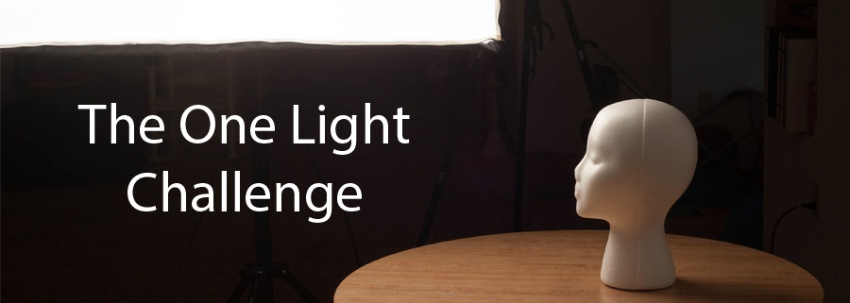

few months ago, I was working on some competition images and complained to another photographer, “You know, why is it, when I capture the emotion and the story, the technical aspects of the image are wrong; but when the technique is good, there is no story?”
Well, my friend and mentor has always been quite honest with me said without hesitation, “Because your lighting tends to be a little inconsistent. You need to practice working with the light and exposing correctly so it becomes natural. This will allow you to focus on getting the story and emotion that you want from your clients.”
Well, the words he spoke were true. In order to focus on the emotional and artistic side of photography, you must learn the technical side of the craft. You should know where your light should be placed. A light meter is a must for consistent exposures. Once these tasks come naturally (along with many others), then you can begin to create those images that evoke tears from a new mom as she views her newborn portraits for the first time. Or capture the laughter of the one year old during a cake smash session.
 Not only do we want to be capturing these emotions for our clients; but also for our marketing. Many times, our marketing pieces are the first thing a client sees. Although we use the templates from SPU, the images that are placed in those templates represent you and your company. The eblasts, blog posts and mailings tell the story of what you are going to give your clients. Whether it is someone new to your studio or your goal is to capture a current client’s attention, your marketing materials must stand out and provide impact.
Not only do we want to be capturing these emotions for our clients; but also for our marketing. Many times, our marketing pieces are the first thing a client sees. Although we use the templates from SPU, the images that are placed in those templates represent you and your company. The eblasts, blog posts and mailings tell the story of what you are going to give your clients. Whether it is someone new to your studio or your goal is to capture a current client’s attention, your marketing materials must stand out and provide impact.
So how do we creating these images for our clients and marketing? We educate ourselves in three areas of photography: the technical aspects, the creative aspects, and the business aspects.
This is an age where photographic education is easily available. You can attend workshops and seminars. Nothing close to you? No problem! The internet provides endless opportunities for education. Here at SPTV, we are offered a weekly learning opportunity. How many of you have spent hours on YouTube trying to learn how to do something? And finally, you learn by practice, practice and more practice.
So let’s talk about practice. In order to do a little re-teaching, my mentor challenged me to use just one light in my studio—for two weeks. Yikes! I was used to working with my other lights which were providing fill and kicker lights. I love my reflectors! But no. One light. Two weeks. Every day.

I accepted the challenge. I started with a simple mannequin head. I also shot part of my client sessions using one light. On the days I didn’t see clients, or was on a roll, I used my kids, dog, cat and husband. My girlfriend stopped over and she also ended up in front of the camera. When my family started running from me, I turned to fruit—pomegranates have some really cool textures by the way.
Keep in mind that during this challenge, I was also focusing on posing and other photography techniques. But the purpose of this activity was to see the lighting patterns consistently.
Well, guess what happened? All of a sudden I began to see a difference in my work. My lighting was consistent and I was capturing more emotions and stories from my clients more than I ever have in the past. There was a new strength and look to my images. In fact, at the PPA North Central District Competition, I merited an image that was photographed during the two week challenge.
[blockQuote position="right"]When my family started running from me, I turned to fruit—pomegranates have some really cool textures by the way.[/blockQuote]
Well, I completed my one light challenge and am currently awaiting my next task. I’ll share that with you in a future blog. In the meantime, I extend this challenge to you. For two weeks, shoot with one light—whether it’s in your studio or natural light. Play with all the lighting patterns.
As you become more consistent, all of a sudden you’ll see your photography in a new “light” and not miss a single smile or giggle from your clients.
Never stop learning!
